NSYSU and Pingtung County Government cooperate to save the environment of intertidal zones of Little Liuchiu
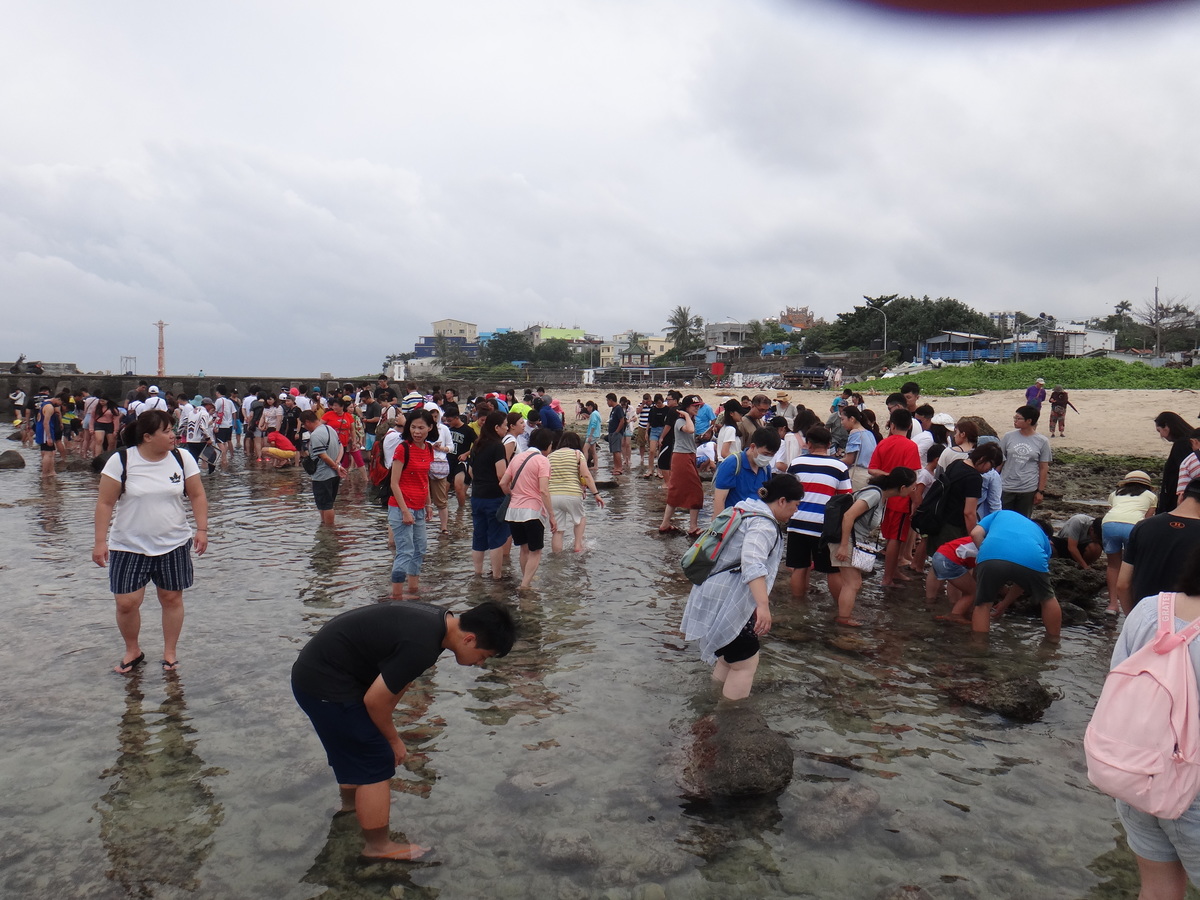
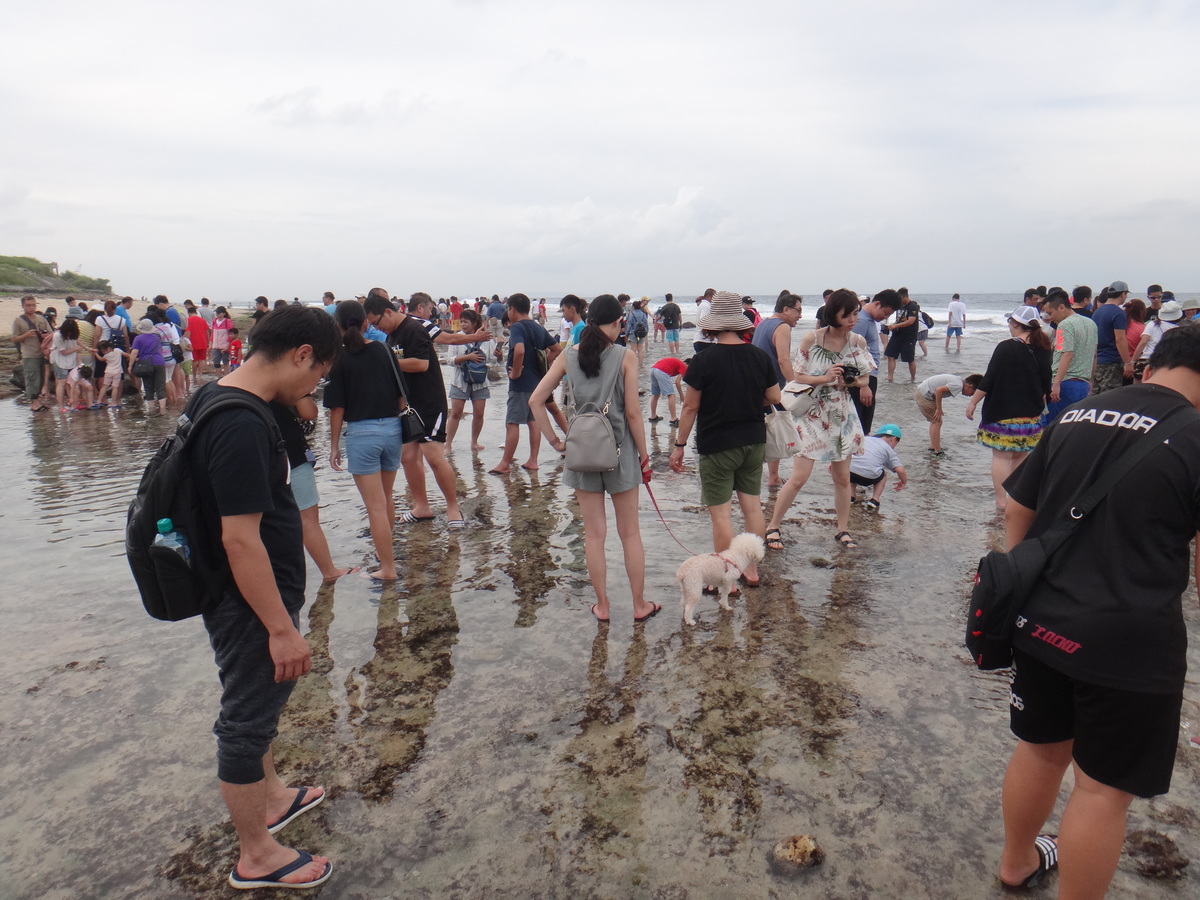
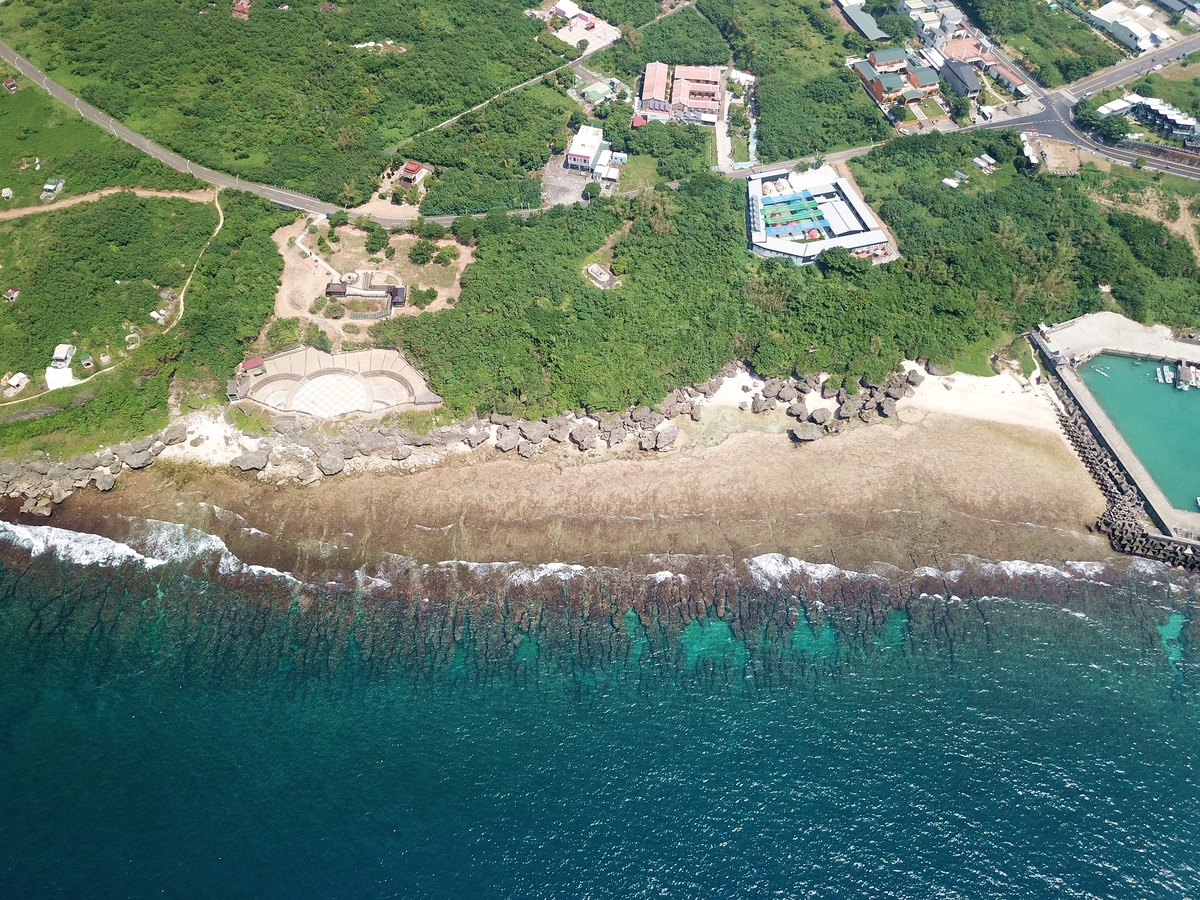
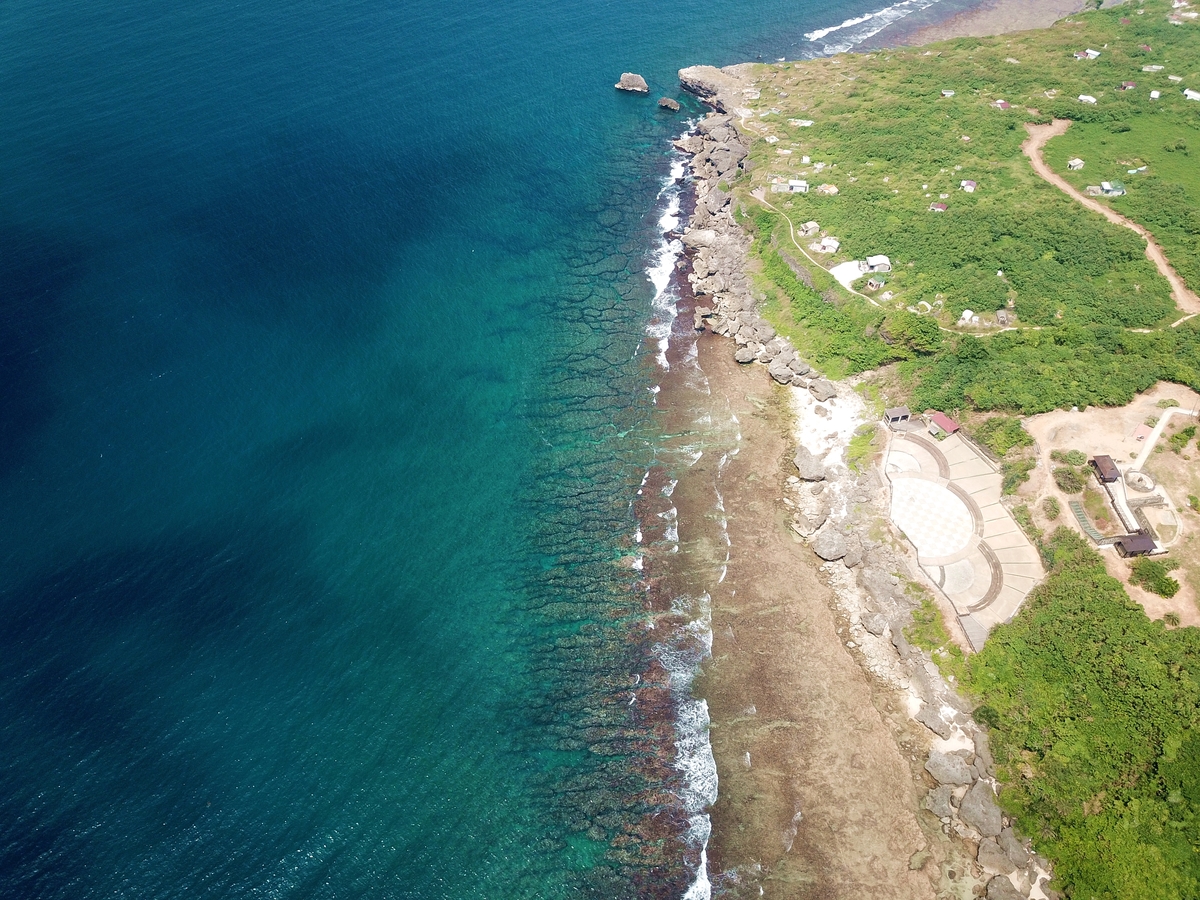
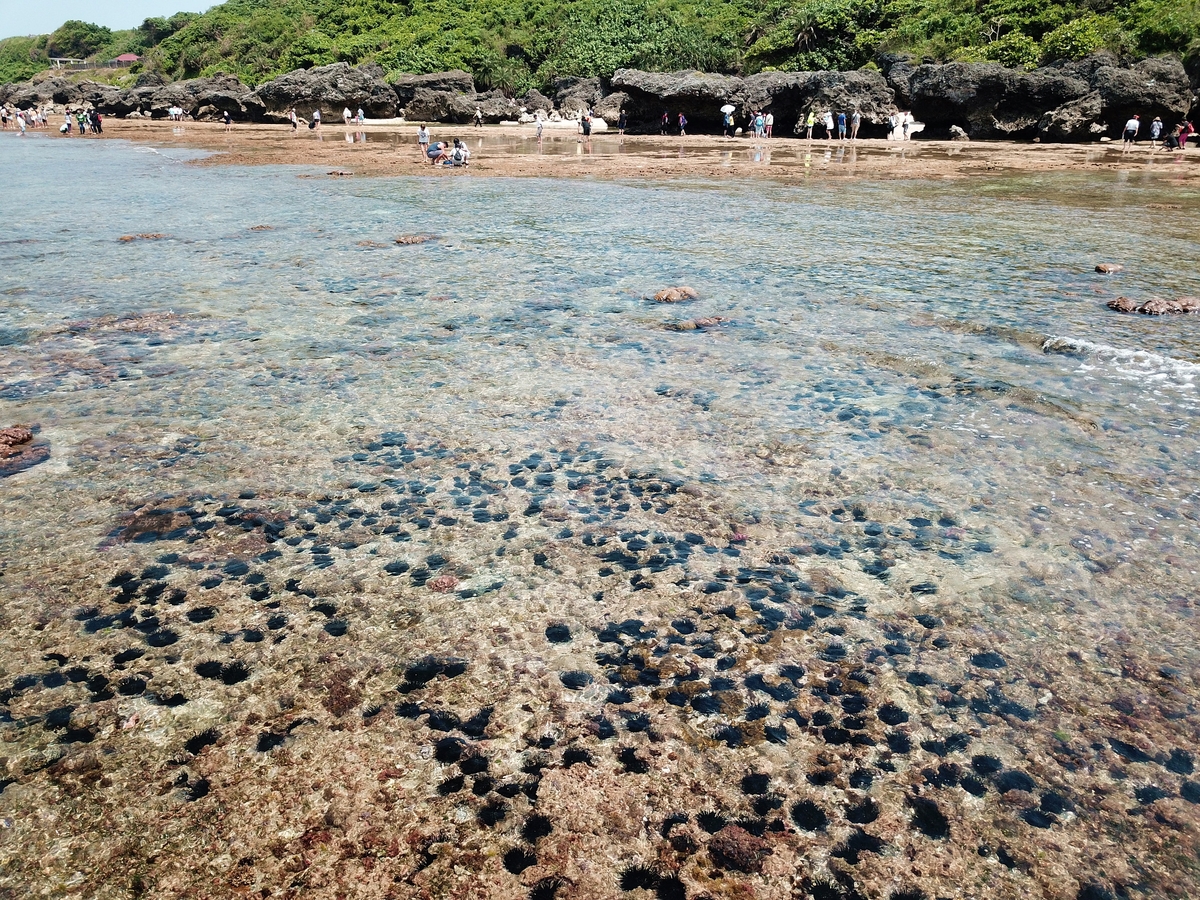
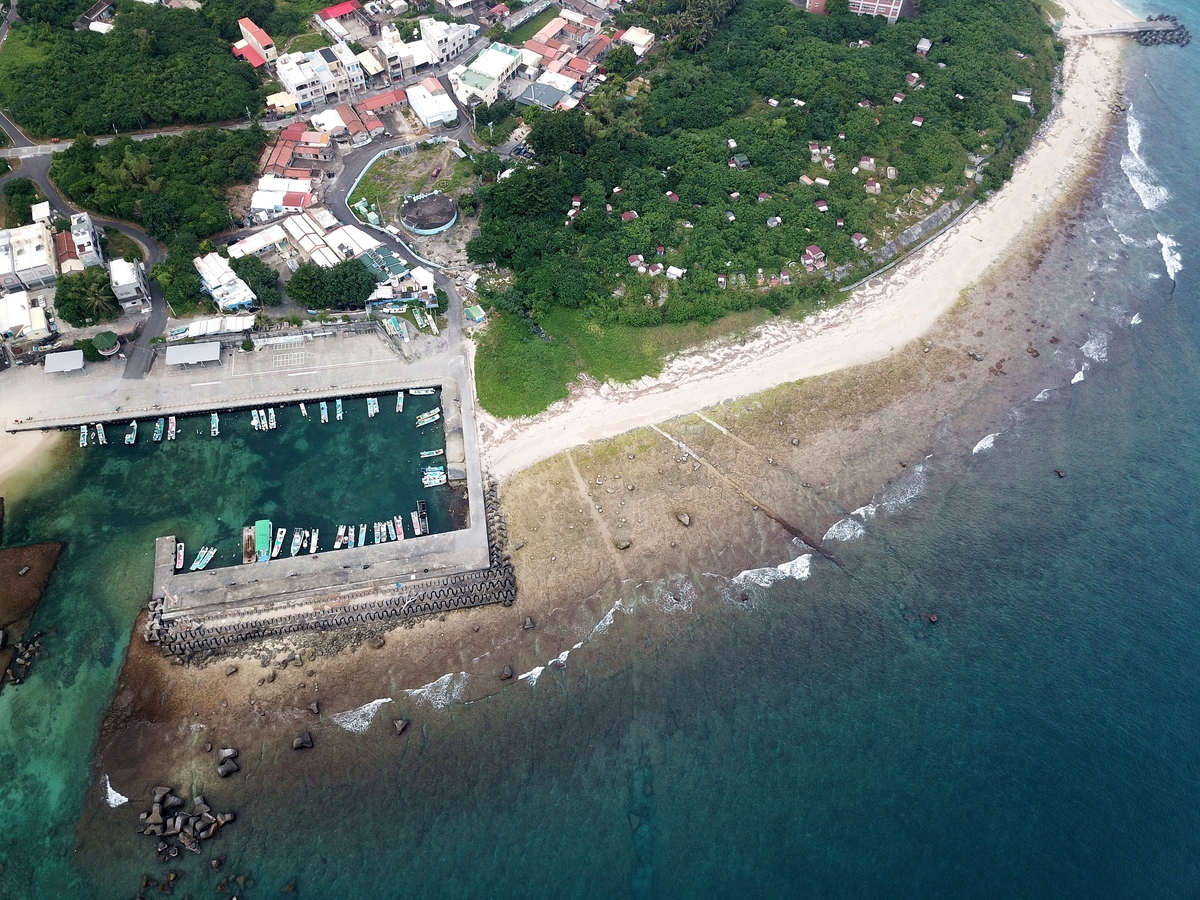
(Report by student journalist) Little Liuchiu, a small island off the south-west coast of Taiwan, inherited a diverse ecological environment and is abundant in marine resources. It thus became a famous tourist attraction, which created many business opportunities for the local communities. However, because of the excess of tourists, the island’s natural environment is sending more and more warnings; in particular, the rich biodiversity of the intertidal zone is under threat. Last year the Pingtung County Government entrusted the research team of National Sun Yat-sen University with scientific investigation and asked for advice on management regulations. The results of the investigation proved a serious degradation of the local environment. The research team provided four improvement recommendations: the establishment of tourist corridor, prohibition of night excursions during the spawning season, reinforcement of the tourist traffic management, and imposition of an ecological fee.
Little Liuchiu has a wonderful natural landscape and is rich in ecological resources. In recent years, the island has attracted about 400,000 tourists. Although Pingtung County Government and Tourism Bureau already designated the intertidal zones as a Fishery Conservation Area as well as a Natural, Cultural and Ecological Scenic Area, and stipulated related regulations, the traffic of tourists has not diminished. During the peak months in the past three years, the two most popular intertidal zones of Little Liuchiu (Shanfu and Yuchengwei) have welcomed nearly 25,000 tourists. In July 2019 the number jumped to 30,000 visitors; most of them stepped on the intertidal zones, causing serious damage to the ecological environment. The research team was formed by Professor Shui-Kai Chang of the Institute of Marine Affairs of NSYSU, Professor Li-Lian Liu of the Department of Oceanography, and Researcher Tung-Yun Fan of the National Museum of Marine Biology & Aquarium. According to their research in 2019, the density of marine invertebrates in the intertidal zone has decreased by 80%, comparing to the same period five years ago. Even if we take into account any possible sampling errors and the possible impact of climate change, the result still suggests a decrease of over 50% at least, clearly implying a substantial population decline caused by overtourism in the past five years.
The research team integrated precedents, documents, and local guides’ experiences and came up with over 40 management options concerning intertidal zones, tourists, control stations, guides, and others. Through frequent consultations with local guides, stakeholders and government officials, a consensus was reached to improve tourism management through gradual actions and adaptive adjustment. The research team recommended implementing four actions this year, including regional management of the intertidal zone, the establishment of a tourist corridor for visitors, prohibition of guided night tours during the spawning season, reinforcement of the tourist traffic management. The team also advised studying the feasibility of establishing an ecological fee. Regional management is to set a no-entry zone to protect the biological resources from the interference of visitors. The establishment of a tourist corridor can restrict the moving area of tourists and reduce the area affected by human interference. Most organisms reproduce during nighttime, thus, prohibiting nighttime tours in spawning season can prevent the death of organisms that might be accidentally stepped on by tourists. In the first year, it is still not possible to enforce strict limits to the number of tourists entering the intertidal zone. Charging an ecological fee can help reduce the number of visitors and the collected funds can be allocated to the operation of control stations, and the research and restoration of resources.
The research result of the NSYSU team on the serious decline of organism populations has attracted the attention of government agencies and social circles, yet, the commercial benefits of overtourism made the promotion of environmental protection issues difficult. To concurrently protect the ecosystem and tourism development, the County Government invited the research team to jointly organize a press conference and promised to adopt the team’s recommendations as well as to continue supporting the team’s research on the ecosystem and communications with local stakeholders. The Government is looking forward to the sustainability of the ecosystem and the tourism development of Little Liuchiu Island by working together.
(Photographs provided by Professor Shui-Kai Chang of the Institute of Marine Affairs)
(Edited by Public Affairs Division)
Little Liuchiu has a wonderful natural landscape and is rich in ecological resources. In recent years, the island has attracted about 400,000 tourists. Although Pingtung County Government and Tourism Bureau already designated the intertidal zones as a Fishery Conservation Area as well as a Natural, Cultural and Ecological Scenic Area, and stipulated related regulations, the traffic of tourists has not diminished. During the peak months in the past three years, the two most popular intertidal zones of Little Liuchiu (Shanfu and Yuchengwei) have welcomed nearly 25,000 tourists. In July 2019 the number jumped to 30,000 visitors; most of them stepped on the intertidal zones, causing serious damage to the ecological environment. The research team was formed by Professor Shui-Kai Chang of the Institute of Marine Affairs of NSYSU, Professor Li-Lian Liu of the Department of Oceanography, and Researcher Tung-Yun Fan of the National Museum of Marine Biology & Aquarium. According to their research in 2019, the density of marine invertebrates in the intertidal zone has decreased by 80%, comparing to the same period five years ago. Even if we take into account any possible sampling errors and the possible impact of climate change, the result still suggests a decrease of over 50% at least, clearly implying a substantial population decline caused by overtourism in the past five years.
The research team integrated precedents, documents, and local guides’ experiences and came up with over 40 management options concerning intertidal zones, tourists, control stations, guides, and others. Through frequent consultations with local guides, stakeholders and government officials, a consensus was reached to improve tourism management through gradual actions and adaptive adjustment. The research team recommended implementing four actions this year, including regional management of the intertidal zone, the establishment of a tourist corridor for visitors, prohibition of guided night tours during the spawning season, reinforcement of the tourist traffic management. The team also advised studying the feasibility of establishing an ecological fee. Regional management is to set a no-entry zone to protect the biological resources from the interference of visitors. The establishment of a tourist corridor can restrict the moving area of tourists and reduce the area affected by human interference. Most organisms reproduce during nighttime, thus, prohibiting nighttime tours in spawning season can prevent the death of organisms that might be accidentally stepped on by tourists. In the first year, it is still not possible to enforce strict limits to the number of tourists entering the intertidal zone. Charging an ecological fee can help reduce the number of visitors and the collected funds can be allocated to the operation of control stations, and the research and restoration of resources.
The research result of the NSYSU team on the serious decline of organism populations has attracted the attention of government agencies and social circles, yet, the commercial benefits of overtourism made the promotion of environmental protection issues difficult. To concurrently protect the ecosystem and tourism development, the County Government invited the research team to jointly organize a press conference and promised to adopt the team’s recommendations as well as to continue supporting the team’s research on the ecosystem and communications with local stakeholders. The Government is looking forward to the sustainability of the ecosystem and the tourism development of Little Liuchiu Island by working together.
(Photographs provided by Professor Shui-Kai Chang of the Institute of Marine Affairs)
(Edited by Public Affairs Division)
Click Num:
Share
